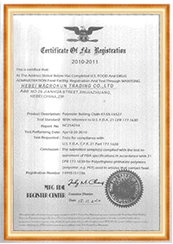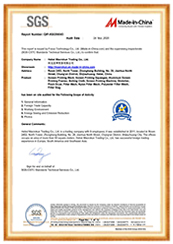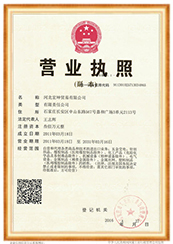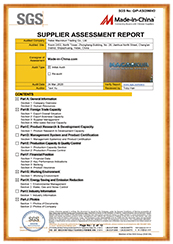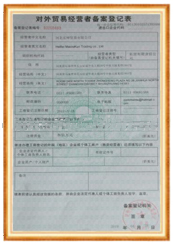When it comes to food processing, choosing the right materials for your equipment is crucial to ensuring the quality and safety of your products. One important component of many food processing operations is the sieve, which is used to separate particles of different sizes. Nylon mesh is a popular choice for sieve material due to its durability, flexibility, and resistance to corrosion. However, not all nylon meshes are created equal, and it’s important to choose the best one for your specific needs.
The material composition of nylon mesh can vary depending on the manufacturer and intended use. Some nylon meshes are made from 100% nylon, while others may be blended with other materials such as polyester or polypropylene. The composition of the mesh can affect its strength, flexibility, and resistance to chemicals and high temperatures.
When choosing a nylon mesh for sieves in food processing, it’s important to consider the specific requirements of your operation. If you are processing hot or acidic foods, you will need a nylon mesh that is resistant to high temperatures and chemicals. Look for meshes that are specifically designed for use in food processing applications, as these will have been tested and certified for safety and quality.
Another important factor to consider when choosing a nylon mesh for sieves is the size of the particles you need to separate. Nylon meshes come in a range of mesh sizes, which determine the size of the particles that can pass through. Finer mesh sizes are suitable for separating smaller particles, while larger mesh sizes are better for larger particles. Consider the size of the particles in your food products and choose a mesh size that will provide the best separation.
In addition to material composition and mesh size, it’s also important to consider the weave of the nylon mesh. The weave of the mesh can affect its strength, flexibility, and ability to retain particles. Common weave patterns for nylon mesh include plain weave, twill weave, and Dutch weave. Plain weave is the simplest and most common weave pattern, while twill weave offers increased strength and flexibility. Dutch weave is a tight weave pattern that is ideal for retaining fine particles.
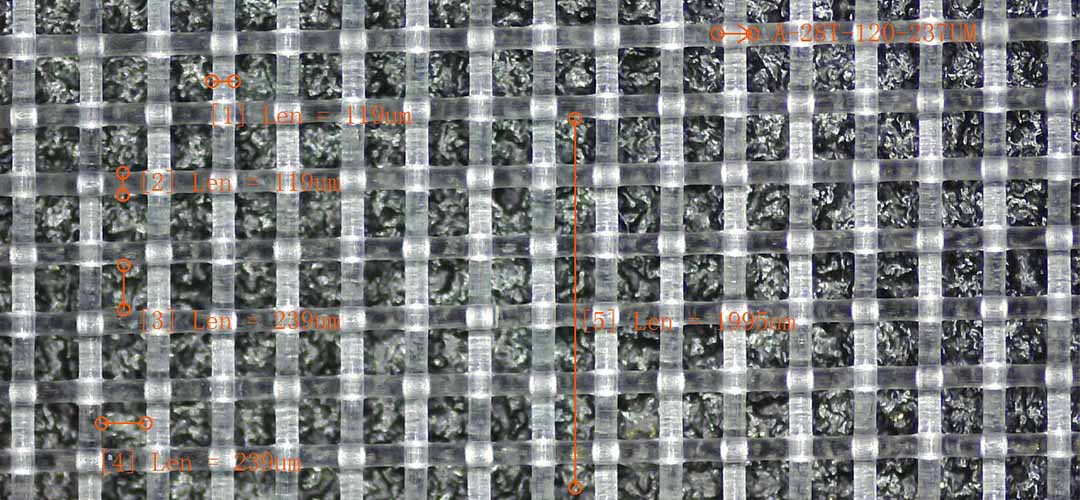
When choosing a nylon mesh for sieves in food processing, it’s important to consider all of these factors to ensure that you are getting the best quality and performance. Look for meshes that are made from high-quality materials, have been tested for safety and quality, and are designed for use in food processing applications. Consider the specific requirements of your operation, including the size of the particles you need to separate and the conditions in which the mesh will be used.
By taking the time to choose the best nylon mesh for your sieves, you can ensure that your food processing operation runs smoothly and efficiently. Invest in high-quality meshes that are designed to meet the specific needs of your operation, and you will see improved performance and product quality. Choose wisely, and your nylon mesh sieves will serve you well for years to come.
When it comes to food processing, choosing the right nylon mesh for sieves is crucial to ensure the quality and safety of the final product. One of the key factors to consider when selecting a nylon mesh is the mesh size and opening size. Mesh size refers to the number of openings per linear inch in the mesh, while opening size refers to the size of the individual openings in the mesh.
The mesh size and opening size of a nylon mesh sieve play a significant role in determining the fineness of the particles that can pass through the sieve. The smaller the mesh size and opening size, the finer the particles that can be filtered out. This is important in food processing, as it helps to ensure that the final product is free from any unwanted contaminants or impurities.
When choosing a nylon mesh for sieves in food processing, it is essential to consider the specific requirements of the application. For example, if you are processing fine powders or liquids, you will need a nylon mesh with a smaller mesh size and opening size to ensure effective filtration. On the other hand, if you are processing larger particles or solids, a nylon mesh with a larger mesh size and opening size may be more suitable.
It is also important to consider the material being processed when selecting a nylon mesh for sieves. Different materials may require different mesh sizes and opening sizes to achieve the desired level of filtration. For example, processing flour may require a finer mesh size and opening size compared to processing grains or seeds.
In addition to mesh size and opening size, it is also important to consider the durability and strength of the nylon mesh. Nylon meshes come in a variety of strengths and thicknesses, so it is important to choose a mesh that can withstand the rigors of food processing without tearing or breaking. A high-quality nylon mesh will be able to withstand repeated use and cleaning, ensuring that it remains effective for an extended period of time.
When selecting a nylon mesh for sieves in food processing, it is important to consider the overall quality and reputation of the manufacturer. Look for a manufacturer that has a proven track record of producing high-quality nylon meshes that meet industry standards for food processing. Additionally, consider factors such as customer reviews and testimonials to ensure that you are choosing a reliable and reputable supplier.
In conclusion, choosing the best nylon mesh for sieves in food processing requires careful consideration of factors such as mesh size, opening size, material being processed, durability, and manufacturer reputation. By taking the time to evaluate these factors and select a high-quality nylon mesh, you can ensure that your food processing operations run smoothly and efficiently, producing safe and high-quality products for consumers.
When it comes to food processing, choosing the right equipment is crucial to ensuring the quality and safety of the final product. One important piece of equipment in food processing is the sieve, which is used to separate particles of different sizes. Nylon mesh sieves are a popular choice due to their durability and longevity. In this article, we will discuss how to choose the best nylon mesh for sieves in food processing, focusing on durability and longevity.
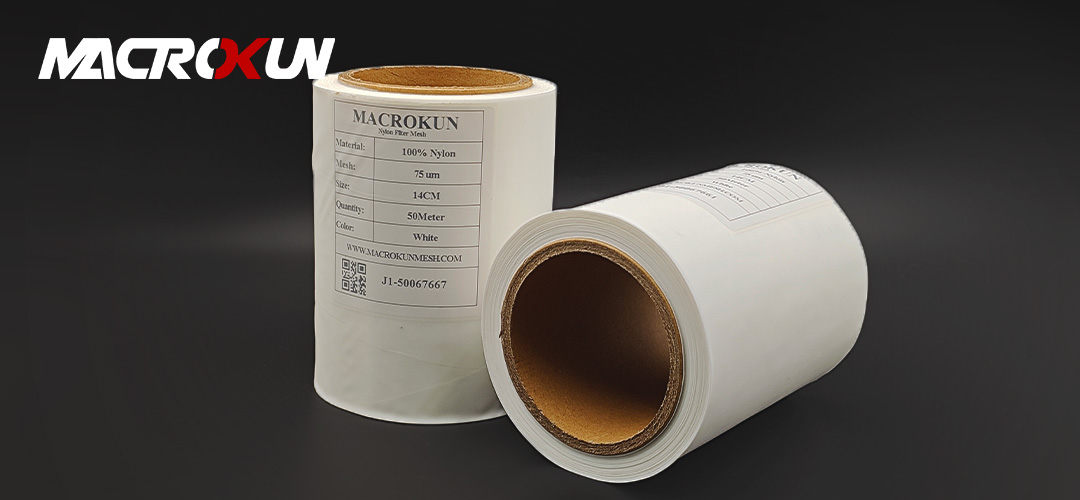
Durability is a key factor to consider when selecting nylon mesh for sieves in food processing. The mesh should be able to withstand the rigors of daily use without tearing or breaking. Look for nylon mesh that is made from high-quality materials and has a tight weave to prevent particles from getting trapped and causing damage. Additionally, consider the thickness of the mesh – thicker mesh is generally more durable and less likely to tear.
Another important aspect to consider is the longevity of the nylon mesh. You want a sieve that will last for a long time without needing frequent replacement. Look for nylon mesh that is resistant to wear and tear, as well as chemicals and high temperatures commonly used in food processing. Additionally, consider the maintenance requirements of the mesh – some nylon meshes may require special cleaning or storage procedures to prolong their lifespan.
When choosing nylon mesh for sieves in food processing, it is important to consider the specific requirements of your operation. Think about the types of food products you will be processing, as well as the size of particles you need to separate. Different nylon meshes have different pore sizes, so be sure to select a mesh that is appropriate for your needs. Additionally, consider the size and shape of the sieve itself – make sure the mesh is securely attached to the frame to prevent it from coming loose during use.
In addition to durability and longevity, it is also important to consider the hygiene of the nylon mesh. Food processing facilities must adhere to strict cleanliness standards to prevent contamination and ensure the safety of the final product. Look for nylon mesh that is easy to clean and sanitize, and consider whether it is resistant to bacteria and mold growth. Some nylon meshes are treated with antimicrobial coatings to prevent the growth of harmful microorganisms.
In conclusion, choosing the best nylon mesh for sieves in food processing requires careful consideration of factors such as durability, longevity, and hygiene. Look for nylon mesh that is made from high-quality materials, has a tight weave, and is resistant to wear and tear. Consider the specific requirements of your operation, such as the types of food products you will be processing and the size of particles you need to separate. By selecting the right nylon mesh for your sieves, you can ensure the quality and safety of your food processing operation.
When it comes to food processing, choosing the right equipment is crucial to ensuring the quality and safety of the final product. One important piece of equipment in food processing is the sieve, which is used to separate particles of different sizes. Nylon mesh sieves are a popular choice due to their durability, flexibility, and ease of cleaning. However, not all nylon meshes are created equal, and it is important to choose the best one for your specific food processing needs.
One of the most important factors to consider when choosing a nylon mesh for sieves in food processing is its compatibility with food safety regulations. Nylon meshes used in food processing must be made from materials that are approved for contact with food. This means that the nylon mesh must be free from harmful chemicals or contaminants that could leach into the food during processing. It is important to choose a nylon mesh that is FDA-approved and meets all relevant food safety standards.
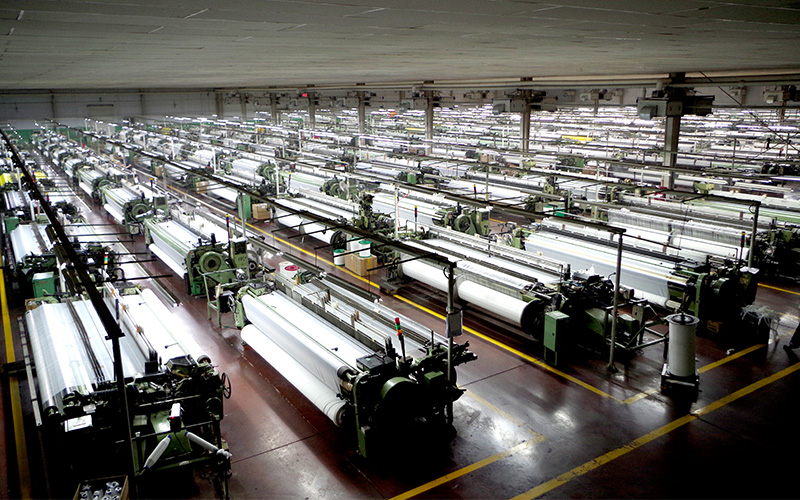
In addition to food safety regulations, it is also important to consider the specific requirements of your food processing operation. Different foods may require different mesh sizes and configurations to achieve the desired results. For example, fine mesh sieves are often used for sifting flour or powdered sugar, while coarser meshes may be used for straining liquids or removing larger particles. It is important to choose a nylon mesh that is appropriate for the type of food you are processing.
Another important consideration when choosing a nylon mesh for sieves in food processing is the durability of the material. Nylon meshes must be able to withstand the rigors of food processing, including high temperatures, abrasive materials, and frequent cleaning. It is important to choose a nylon mesh that is strong and durable, so that it will not break or degrade over time. Look for nylon meshes that are reinforced with additional materials, such as metal or fiberglass, to ensure maximum durability.
| Model | Mesh Count (/cm) |
Mesh Count (/inch) |
Thread Dia (um) |
Mesh Opening (um) |
Thickness (um) |
Weight (g/m2) |
| NL4/1950 | 4 | 10 | 550 | 1950 | 1100 | 307 |
| NL5/1500 | 5 | 13 | 500 | 1500 | 1000 | 318 |
| NL6/1267 | 6 | 15 | 400 | 1267 | 800 | 244 |
| NL7/1079 | 7 | 18 | 350 | 1079 | 700 | 218 |
| NL8/900 | 8 | 20 | 350 | 900 | 700 | 249 |
| NL9/861 | 9 | 23 | 250 | 861 | 500 | 143 |
| NL9/811 | 9 | 23 | 300 | 811 | 600 | 206 |
| NL10/750 | 10 | 25 | 250 | 750 | 500 | 159 |
| NL10/700 | 10 | 25 | 300 | 700 | 600 | 229 |
| NL12/583 | 12 | 30 | 250 | 583 | 500 | 191 |
| NL12/533 | 12 | 30 | 300 | 533 | 600 | 274 |
| NL14/514 | 14 | 36 | 200 | 514 | 340 | 142 |
| NL16/425 | 16 | 40 | 200 | 425 | 340 | 160 |
| NL20/350 | 20 | 50 | 150 | 350 | 255 | 113 |
| NL20/300 | 20 | 50 | 200 | 300 | 340 | 200 |
| NL24/267 | 24 | 60 | 150 | 267 | 255 | 135 |
| NL28/237 | 28 | 70 | 120 | 237 | 204 | 101 |
| NL30/213 | 30 | 76 | 120 | 213 | 204 | 110 |
| NL32/213 | 32 | 80 | 100 | 213 | 170 | 80 |
| NL36/178 | 36 | 90 | 100 | 178 | 170 | 90 |
| NL40/150 | 40 | 100 | 100 | 150 | 170 | 100 |
| NL43/153 | 43 | 110 | 80 | 153 | 136 | 70 |
| NL48/128 | 48 | 120 | 80 | 128 | 136 | 77 |
| NL56/119 | 56 | 140 | 60 | 119 | 102 | 50 |
| NL64/96 | 64 | 160 | 60 | 96 | 102 | 58 |
| NL72/89 | 72 | 180 | 50 | 89 | 85 | 45 |
| NL80/75 | 80 | 200 | 50 | 75 | 85 | 50 |
| NL100/57 | 100 | 250 | 43 | 57 | 73 | 46 |
| NL110/48 | 110 | 280 | 43 | 48 | 73 | 52 |
| NL120/48 | 120 | 300 | 35 | 48 | 60 | 37 |
| NL120/40 | 120 | 300 | 43 | 40 | 73 | 55 |
| NL130/42 | 130 | 330 | 35 | 42 | 60 | 40 |
| NL130/34 | 130 | 330 | 43 | 34 | 73 | 61 |
| NL140/36 | 140 | 350 | 35 | 36 | 60 | 43 |
| NL157/25 | 157 | 400 | 43 | 25 | 73 | 74 |
| NL180/20 | 180 | 450 | 39 | 20 | 66 | 68 |
| NL200/15 | 200 | 500 | 39 | 15 | 66 | 76 |
| NL220/10 | 220 | 550 | 39 | 10 | 66 | 84 |
| NL240/5 | 240 | 600 | 39 | 5 | 66 | 91 |
Ease of cleaning is another important factor to consider when choosing a nylon mesh for sieves in food processing. Nylon meshes must be cleaned regularly to prevent the buildup of bacteria or contaminants that could contaminate the food. Look for nylon meshes that are easy to disassemble and clean, with smooth surfaces that are resistant to sticking or clogging. Some nylon meshes are dishwasher-safe, which can make cleaning even easier.
In conclusion, choosing the best nylon mesh for sieves in food processing requires careful consideration of a variety of factors. It is important to choose a nylon mesh that is compatible with food safety regulations, appropriate for your specific food processing needs, durable enough to withstand the rigors of food processing, and easy to clean. By taking the time to research and select the right nylon mesh for your food processing operation, you can ensure the quality and safety of your final product.
Pre: How Micron Mesh Fabric Is Revolutionizing Filtration Processes
Next: Why Micron Mesh Filter Cloth Is Essential for Precision Filtration

MACROKUN has established long-term and stable cooperative relations with many transportation companies such as China Post, DHL, FEDEX, USPS, UPS, etc. Of course, MACROKUN can also provide air and sea transportation. The powerful logistics system enables all MACROKUN'S Printing Mesh, Filter Mesh and Filter Bags and so on to be easily and efficiently transported to any place. For quotes and inquiries, please email our sales team.
